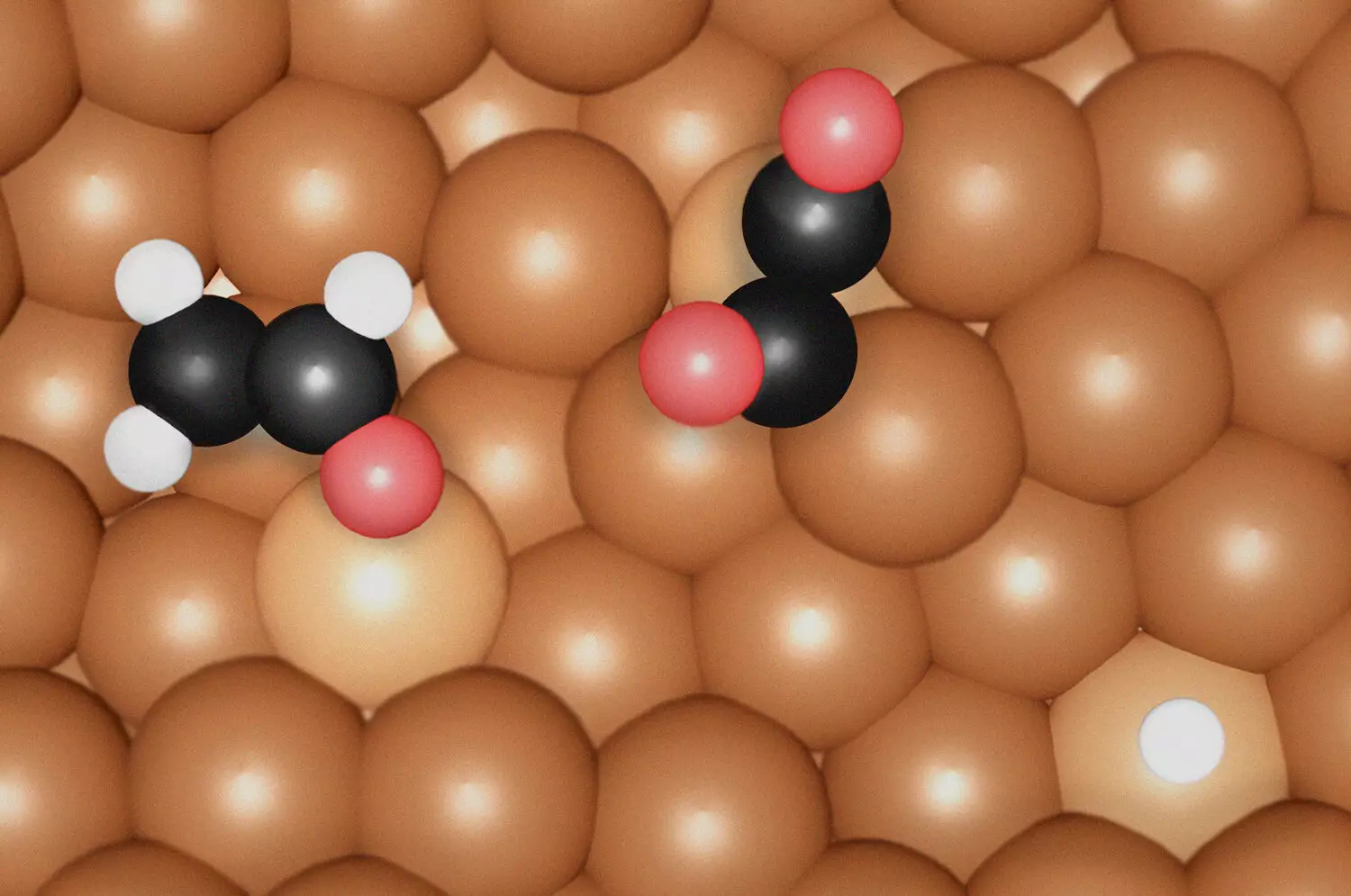The burgeoning field of carbon dioxide (CO2) electroreduction has garnered significant attention within both academic and industrial spheres, primarily due to its potential role in addressing climate change and promoting sustainable practices. A recent study, titled “Key intermediates and Cu active sites for CO2 electroreduction to ethylene and ethanol,” published in Nature Energy, delves into the intricate mechanisms of this crucial process. Utilizing sophisticated spectroscopic techniques and computational methods, this research illuminates how CO2 can be transformed into valuable chemicals like ethylene and ethanol—substances essential for the production of eco-friendly plastics and biofuels, respectively.
The Significance of CO2RR Technology
The technology behind CO2 electroreduction (CO2RR) represents a groundbreaking approach that uses renewable energy sources to convert greenhouse gases into useful products. In this way, CO2RR can facilitate the closure of the carbon cycle, taking a harmful pollutant and converting it into valuable resources. Ethylene and ethanol are not only economically valuable; their production through this green method signifies a departure from fossil fuel reliance, offering pathways to mitigate environmental harm. However, prior to this study, the pathways and mechanisms underlying these reactions remained only partially understood.
A core aspect of the research is the elucidation of reaction mechanisms and key intermediates involved in CO2 electroreduction. The study highlights the formation of specific molecular species, particularly notable intermediates such as *OC-CO(H) dimers, which are pivotal for ethylene production. Conversely, the synthesis of ethanol hinges on the presence of a different key intermediate, *OCHCH2, under specific environmental conditions. These revelations point toward a complex interplay between the catalytic surfaces and the species being transformed.
This understanding is critical as it enables researchers to rationally design catalytic systems that enhance the efficiency of these reactions. The design process now holds promise for optimizing copper (Cu) active sites that were found to evolve throughout the reduction reaction. The notion that these active sites can be dynamically formed under reaction conditions emphasizes the need for in-depth investigations into the surface characteristics of catalysts.
One of the study’s noteworthy findings pertains to the influence of surface morphology on catalytic efficiency. The research reveals that undercoordinated Cu sites possess unique atomic-level irregularities that facilitate stronger binding of carbon monoxide (CO), a key precursor in the reduction process. This amplified binding strengthens the overall process of CO2RR, ultimately resulting in improved yields of both ethylene and ethanol. The dynamic evolution of sites during the reaction highlights the necessity for a deeper understanding of catalyst structuring, as tailored morphologies could lead to significantly enhanced performance in CO2 conversion.
Collaborative Efforts and Future Implications
The collaborative efforts behind this research showcase the importance of interdisciplinary approaches in addressing complex challenges like CO2 reduction. The team, led by Dr. Arno Bergmann alongside distinguished researchers Prof. Dr. Beatriz Roldán Cuenya and Prof. Dr. Núria López, emphasized the value of integrating experimental observations with theoretical modeling. By drawing insights from diverse fields such as chemistry and engineering, this partnership provided a robust foundation for understanding CO2RR mechanisms.
The ramifications of this study extend beyond the academic realm, poised to influence industrial practices significantly. As researchers gain insights into the specific conditions and intermediates that facilitate desired products, the design of more effective and sustainable catalysts becomes a reality. Such advancements could substantially lower the carbon footprint associated with chemical manufacturing processes, providing a much-needed solution in the fight against climate change.
This groundbreaking research represents a pivotal evolution in the field of CO2 electroreduction. By uncovering the key intermediates and understanding the dynamics of active sites, the authors have paved the way for more sustainable chemical processes that not only reduce waste but actively utilize greenhouse gases. The journey toward realizing the full potential of CO2 as a feedstock for valuable chemicals is just beginning, yet studies like this present a hopeful vision for a greener, more sustainable future. Ultimately, they signal a commitment to merging scientific exploration with practical applications—essential for creating a sustainable chemical industry that harmonizes with our environmental goals.


Leave a Reply